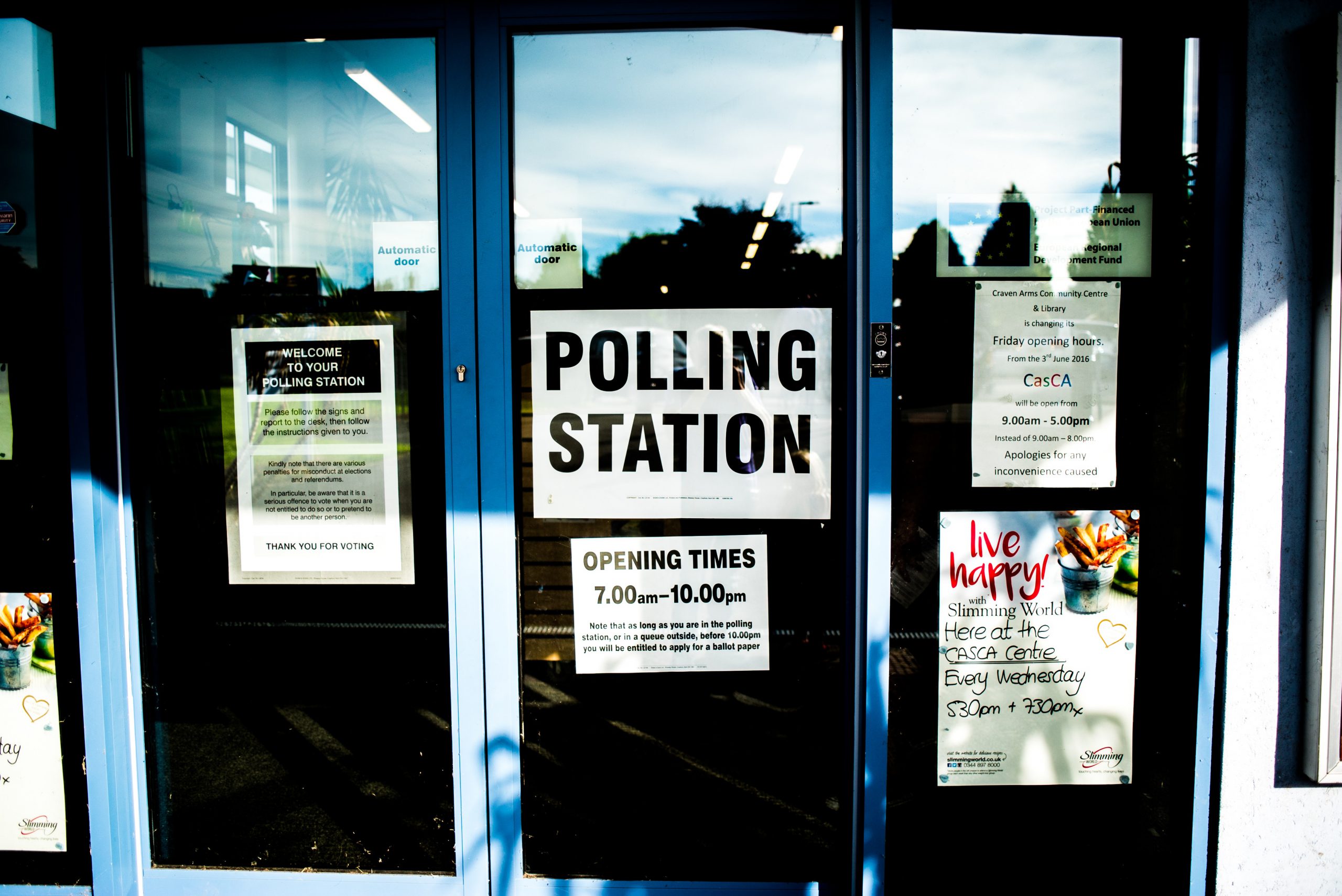In the pursuit of increasingly modern and expedient elections, the United States has lost sight of the one quality of elections that is paramount to democracy: reliability. In a world of near-instant results and electronically cast ballots on touchscreen devices, we have lost the essential ability to reliably know that all votes are properly counted.
This is not an issue that is affecting all states and localities in the country equally. The federalist system has allowed 13 states to maintain their own modern approaches to elections that incorporate modern technologies while retaining relative reliability. However, at least 14 other states partially implement unreliable voting systems, and four states have implemented unreliable systems statewide. In a system where national elections are often determined by the results of just one state out of 50 — the infamous presidential election of 2000, for example — the risk of compromising the results of even a single state is a major threat to the reliability of the system as a whole.
But which states are currently at greatest risk of election interference? According to a recent report by the Democratic Committee on House Administration, there are four states that are most concerning. The states of Delaware, Georgia, Louisiana, and New Jersey all face critical weaknesses in their election systems: they all do not provide a paper record. Instead, these four states have implemented completely Direct-Recording Electronic voting systems statewide.
Any election that does not create a paper trail, however, cannot be audited, recounted, or properly held accountable. Audits serve as a major deterrent to election tampering and fraud because their possibility means that any systematic irregularities in voting — internally or externally — can be detected and the source potentially located. Any system that prevents audits thus invites unwanted election tampering. Likewise, any system that cannot recount results invites unwanted systematic tampering with the counting of votes. For instance, the AVS WINVote system, a DRE without any paper trail which was used throughout Virginia until 2015, was shown to be susceptible to wireless hacking as well as in-person hacking. In both instances, hackers at a hacking conference were able to demonstrate that they could gain administrator privileges to change votes on the machine in less than a minute. The system was rapidly taken out of use by Virginia, but this incident demonstrated the weakness of DRE systems without any form of paper receipt. The inability of DREs without paper receipts to audit or recount removes one of the layers of safeguards against malicious attacks on elections, and four states exclusively use these types of voting machines.
Thankfully, there are numerous ways to create a reliable paper trail, with or without modern technologies. The most technologically advanced method for reliable voting is the Direct-Recording Electronic system with an incorporated paper trail. This system allows voters to cast a ballot using an electronic voting machine and stores the official vote electronically, but a receipt of the voter’s selection is also printed out. Election officials can use this receipt to verify that the machine counted the vote correctly and can also use it in the case of a recount or audit following the election. Since this system essentially creates two separate proofs of an individual’s vote, it largely protects against electronic hacking of an election.
Currently, DREs with paper receipts are employed by 18 states, but their cost of $5,000 per machine can be prohibitive to many others. States such as Georgia have upwards of 27,000 voting machines, and to replace all of these currently paperless machines with the DREs with paper receipts would cost more than $100 million. Even once federal aid from the Election Assistance Committee is factored in, Delaware, Georgia, Louisiana, and New Jersey all have budgets that fall far short of what would be necessary to convert to this system.
Fortunately, DREs with paper receipts are not the only option for secure elections. In many states, DREs are still not used. In their place is a classic, low-tech alternative with a modern twist. Almost all states offer a paper ballot during their elections that have remained similar in nature for many decades. These paper ballots are manually completed by voters and then scanned using optical scanner technology. Once scanned, there is an electronic copy of the results that is typically sufficient for reporting needs. However, if the election is forced into a recount or audit, the physical ballots that voters cast can be used to verify results. Oregon is one state that has successfully implemented exclusively paper voting for the past 20 years and has noted positive benefits such as increased voter turnout. In at least one case in 2018, too, one recount in a local election actually resulted in a different outcome than initial counts reported.
DREs with printed receipts and paper ballots with optical scanners provide two separate options that are both reliable. They both guard against electronic tampering with elections and provide a method to recount or audit an election. These are both time-tested and reliable methods to conduct elections. They are widely used across the country, and only a few holdouts have yet to adopt these election systems. Although 90 percent of all states have secure and reliable elections, even one state with vulnerable elections represents an unacceptable weak link in an otherwise strong chain of democracy.
Any voting system that lacks a paper receipt for verification purposes is unacceptably unreliable and should be replaced with one that can verify electronic results. DREs with paper receipts accomplish this goal, but for states concerned with the monetary costs of switching to these new machines, classic paper ballots perform equally.
Image Credit: Unsplash/Elliott Stallion
